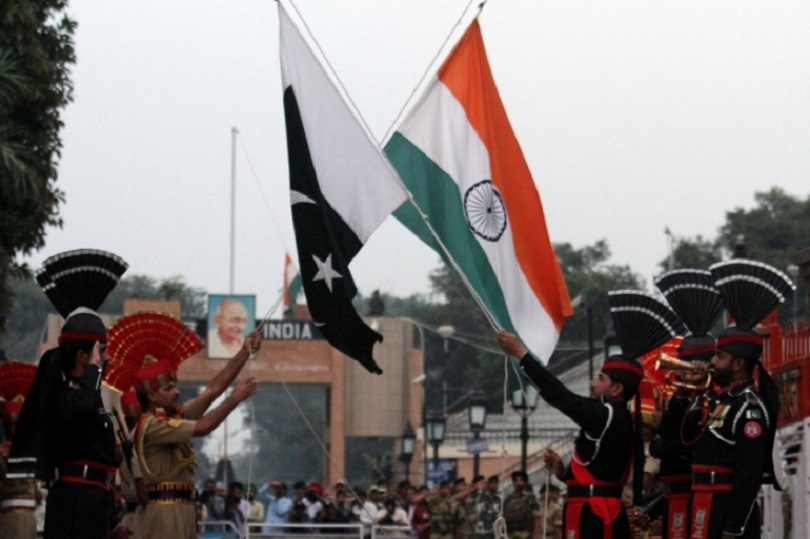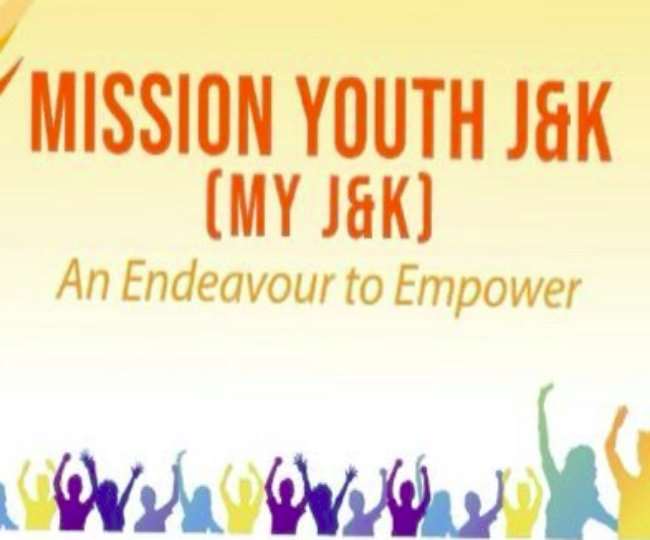
New Delhi is unlikely to reverse any of its actions in Kashmir to meet Pakistan’s condition for re-engagement
RAISING some fresh hope for an engagement between India and Pakistan, Pakistan National Security Advisor Moeed Yusuf has in yet another interview with noted anchor Karan Thapar indicated that the door could still be open for a bilateral dialogue. And this time he has explained in some detail what Islamabad wanted from India to get to a point where the dialogue could begin: Pakistan, he clarified, wasn’t interested in the nomenclature of the revoked Article 370 but what the constitutional provision guaranteed to Kashmiris. He wanted New Delhi to promise a permanent halt to any demographic change in Kashmir, restore the rights of Kashmiris and give these concessions whatever name it wanted.
But would New Delhi make these concessions in the first place? Very unlikely, as this would effectively mean restoration of Article 370 or something close to it. And this should normally rule out a fresh engagement between the two countries. But if that were the case, the two neighbors wouldn’t have established a contact early this year and agreed to re-instate the 2003 ceasefire along the Line of Control. The agreement took people on both sides of the border by surprise. Pakistan, at the time, seemed to play down the revocation of Article 370. And by agreeing to the LoC ceasefire, New Delhi agreed to respect the sanctity of the LoC, which during all of last year it had threatened to breach to take back Pakistan Administered Kashmir.
There are several geopolitical factors at play. One is the unfolding geopolitics of the region. Over the last year, India has been engaged in a tense stand-off with China along the Line of Actual Control. In April last year, China staged incursions at four points – forcing India to mass its troops along the border to deter further ingress by the PLA.
Similarly, India has also been at daggers drawn with Pakistan. According to the information revealed early this year to the parliament by Defence Minister Rajnath Singh, there were a total of 4,649 ceasefire violations on the LoC in 2020. This resulted in the loss of lives on both sides besides causing untold misery to the people living alongside the border. But this perennial state of conflict along the LAC and LoC has stretched New Delhi and this state of affairs seems unsustainable in the long term.
Then there is war in Afghanistan. The unfolding situation in Kabul, where the Taliban are now being considered as a part of the political solution, has suddenly reduced India’s capacity to influence the outcome in the war-scarred country. Accordingly, Pakistan is suddenly in a greater position of leverage. At the same time, Pakistan would benefit from a friendly India to ensure continued stability on its eastern flank.
The LoC agreement is also traced to the US nudging the two countries from behind the scenes. The US involvement in the relationship between India and Pakistan is a fairly complex affair. New Delhi wants the US to intervene to sort out the terror problem in Pakistan, but it brooks no meddling in Kashmir. Similarly, Islamabad wants US intervention on Kashmir but wouldn’t like Washington to speak on behalf of India on terror. More so, at a time when the US is seen as partial towards India. This contradiction hardly makes the US an ideal mediator between the two countries. The starkness of this reality leaves India and Pakistan no choice but to engage and confront their problems themselves. And confront they must.
But here again, the two countries have exhibited a singular inability to talk sustainably. The suspension of the dialogue over the last decade is enlightening on this score. Following the attack on Mumbai that killed 166 people, the two nations have struggled to get back to a durable engagement.
Today, old equations between New Delhi and Islamabad and also between Kashmiri separatists and New Delhi no longer apply. Following the withdrawal of Article 370, Hurriyat has been obliterated from the scene. Pakistan is no longer bolstered by the strategic depth of Afghanistan or leveraged by an all-encompassing militant struggle in Kashmir. This has brought in a considerable inequality between the parties which no amount of rhetoric in Kashmir and Islamabad could hide. And this inequality – accentuated further by a stronger India – is likely to leave a deep imprint on the content of a future dialogue. And of course, on the outcome of it too, if it is sustainably held. It would be an outcome that might not be completely satisfying of the expectations of the weaker parties. Or else, the logjam that has persisted for the past seven decades would linger on.
Former Pakistan president Musharraf was the first to recognize new realities. His four-point proposals on Kashmir envisaged a solution that would be a drastic climbdown from Islamabad’s traditional stand on J&K. This solution was about some minor political and administrative adjustments in Kashmir. With moderate Hurriyat playing along, these proposals almost got the two countries to agree to a radical new solution for Kashmir. If the lawyers’ agitation in Pakistan hadn’t forced the sudden exit of Musharraf, this solution would potentially have resolved Kashmir.
There’s a possibility that the two countries could return to the formula. And the fresh effort has to be guided by the realization that ultimately India and Pakistan would have to resolve their problems themselves for a peaceful sub-continent. Only such a dialogue could be hoped to lead us towards a positive outcome. At the end of the day, the sub-continent needs the two countries to resolve their issues to usher in a true era of peace.
- Views expressed in the article are the author’s own and do not necessarily represent the editorial stance of Kashmir Observer
Follow this link to join our WhatsApp group: Join Now
Be Part of Quality Journalism |
Quality journalism takes a lot of time, money and hard work to produce and despite all the hardships we still do it. Our reporters and editors are working overtime in Kashmir and beyond to cover what you care about, break big stories, and expose injustices that can change lives. Today more people are reading Kashmir Observer than ever, but only a handful are paying while advertising revenues are falling fast. |
| ACT NOW |
| MONTHLY | Rs 100 | |
| YEARLY | Rs 1000 | |
| LIFETIME | Rs 10000 | |













